
How to Use 5v DC Power Supply: Examples, Pinouts, and Specs
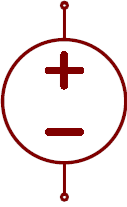
 Design with 5v DC Power Supply in Cirkit Designer
Design with 5v DC Power Supply in Cirkit DesignerIntroduction
The 5V DC Power Supply is a device designed to convert AC voltage from the mains into a stable 5V DC output. This component is widely used in powering electronic circuits, microcontrollers, sensors, and other low-voltage devices. Its compact design and reliable performance make it an essential component in various applications, including prototyping, embedded systems, and consumer electronics.
Explore Projects Built with 5v DC Power Supply
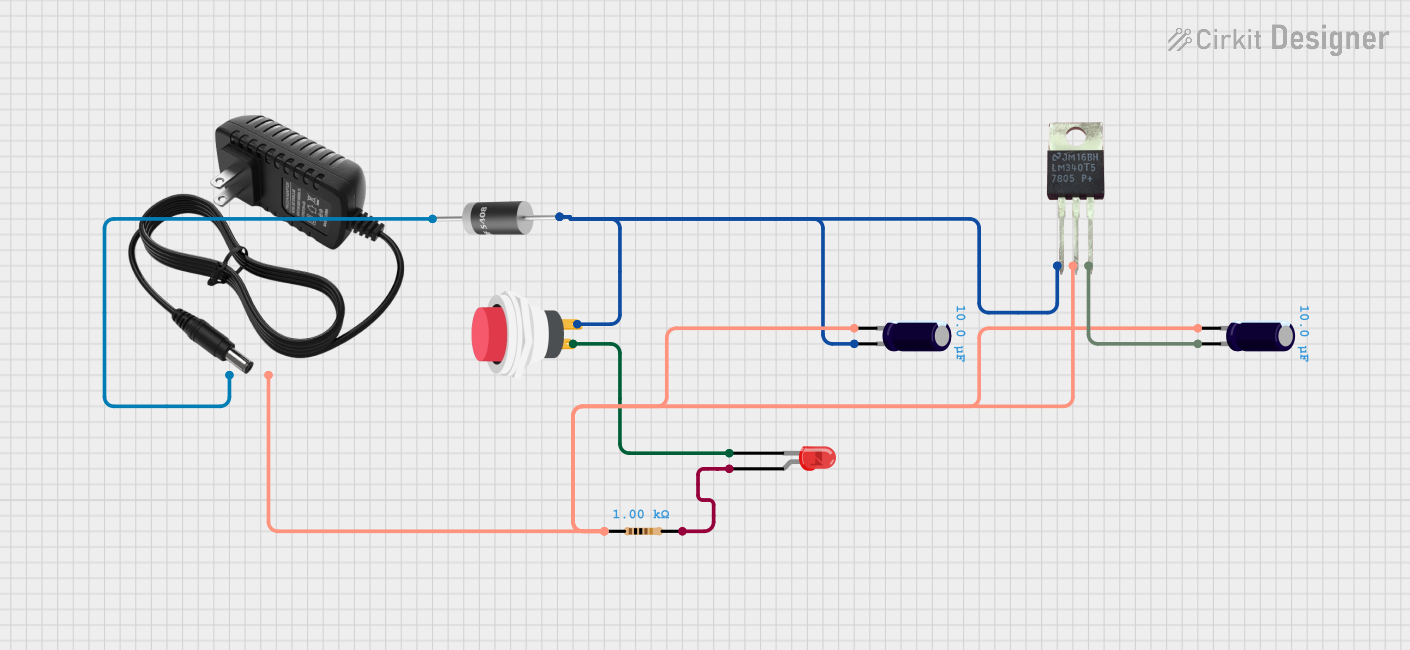
 Open Project in Cirkit Designer
Open Project in Cirkit Designer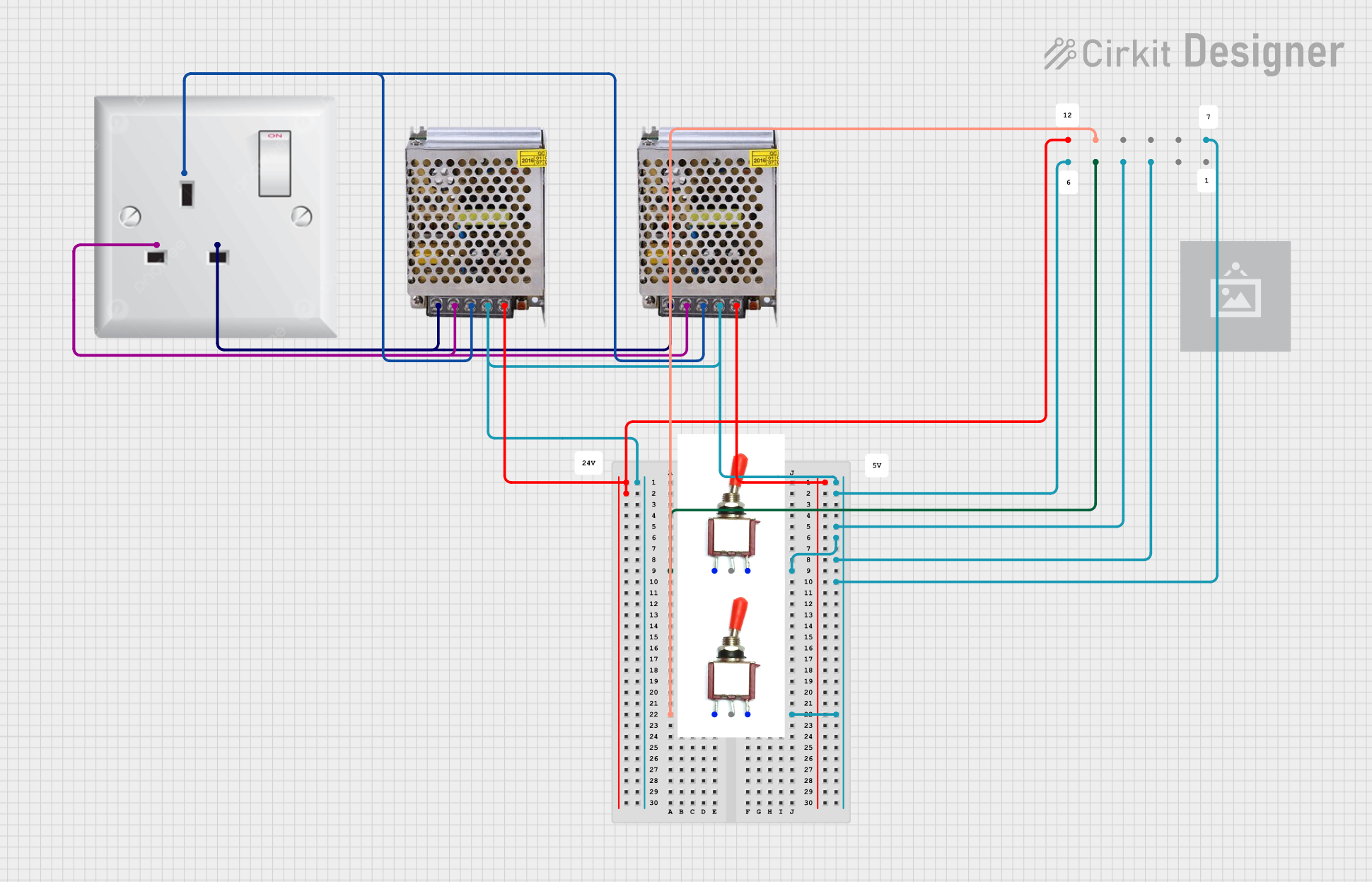
 Open Project in Cirkit Designer
Open Project in Cirkit Designer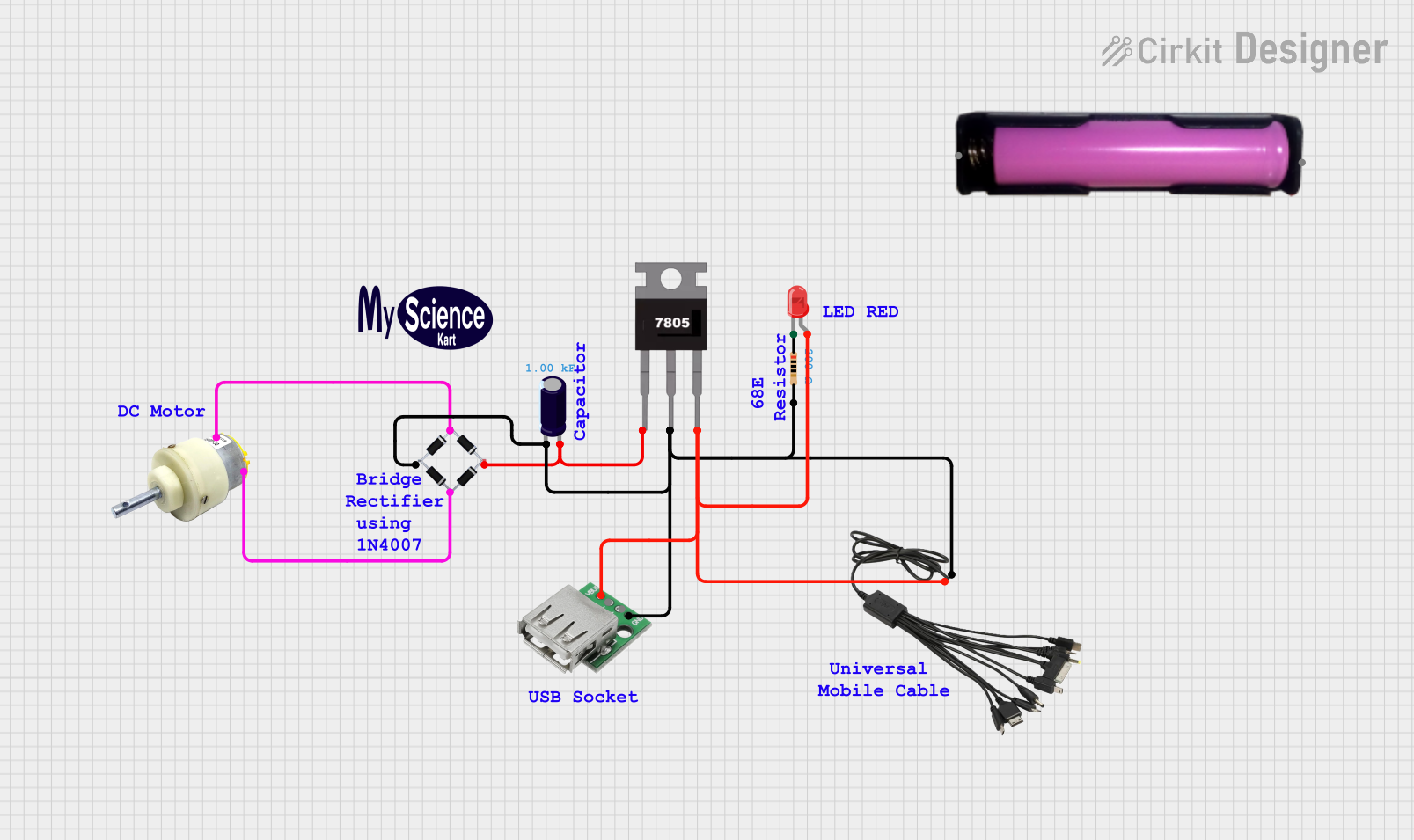
 Open Project in Cirkit Designer
Open Project in Cirkit Designer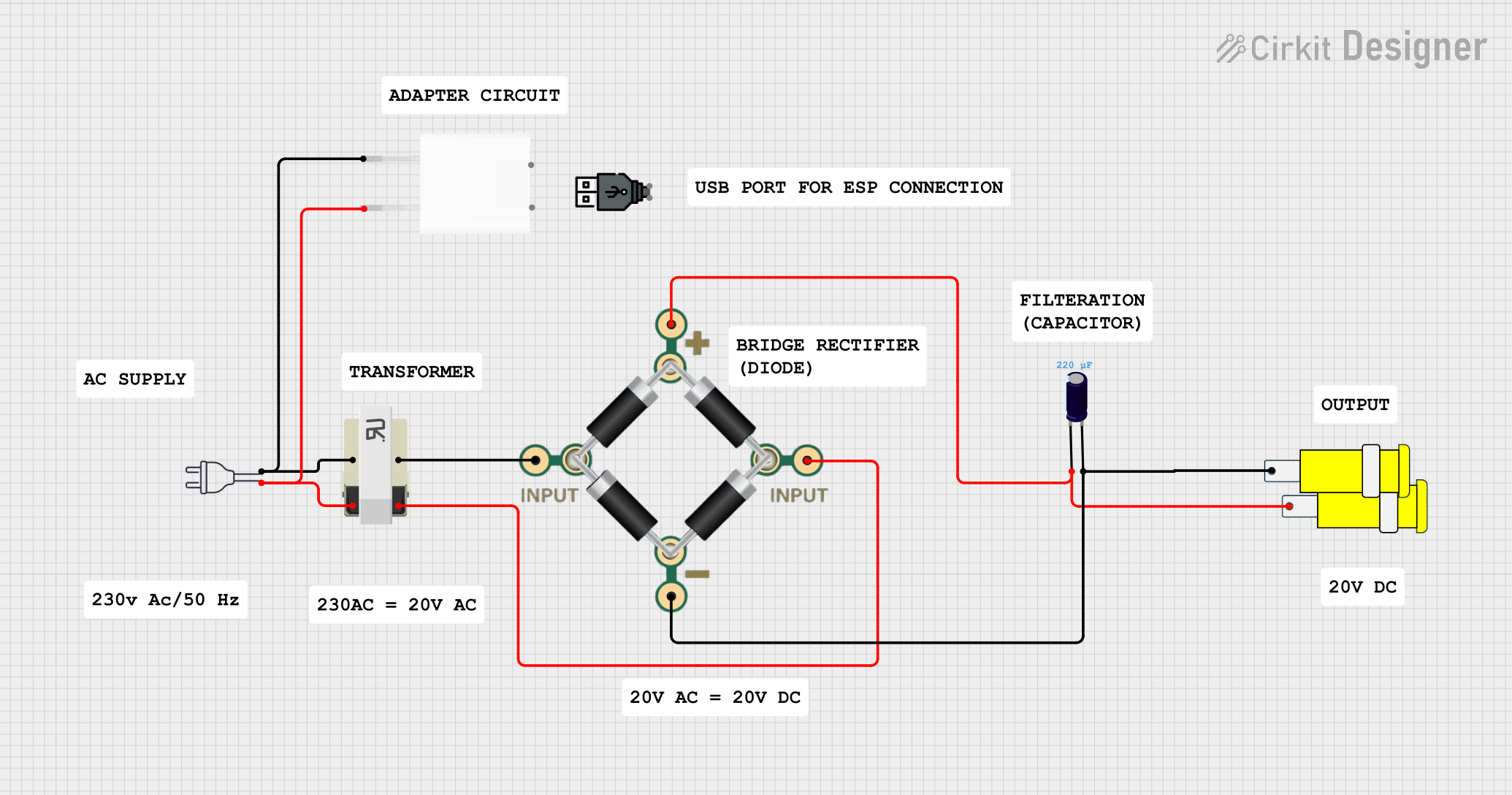
 Open Project in Cirkit Designer
Open Project in Cirkit DesignerExplore Projects Built with 5v DC Power Supply

 Open Project in Cirkit Designer
Open Project in Cirkit Designer
 Open Project in Cirkit Designer
Open Project in Cirkit Designer
 Open Project in Cirkit Designer
Open Project in Cirkit Designer
 Open Project in Cirkit Designer
Open Project in Cirkit DesignerCommon Applications and Use Cases
- Powering microcontrollers such as Arduino, Raspberry Pi, and ESP32.
- Supplying power to sensors, relays, and small motors.
- Charging USB-powered devices.
- Providing a stable voltage source for breadboard circuits and DIY projects.
Technical Specifications
Below are the key technical details of the 5V DC Power Supply:
| Parameter | Value |
|---|---|
| Input Voltage | 100-240V AC, 50/60Hz |
| Output Voltage | 5V DC |
| Output Current | Typically 1A to 3A (varies by model) |
| Power Rating | 5W to 15W (depending on current) |
| Efficiency | ≥ 80% |
| Ripple and Noise | ≤ 50mV |
| Operating Temperature | -10°C to 50°C |
| Protection Features | Overload, short circuit, overvoltage |
Pin Configuration and Descriptions
The 5V DC Power Supply typically has the following connections:
| Pin/Connection | Description |
|---|---|
| AC Input (L) | Live wire connection for AC mains input. |
| AC Input (N) | Neutral wire connection for AC mains input. |
| DC Output (+) | Positive terminal for 5V DC output. |
| DC Output (-) | Negative terminal (ground) for 5V DC output. |
Usage Instructions
How to Use the 5V DC Power Supply in a Circuit
Connect the AC Input:
- Identify the live (L) and neutral (N) terminals of the power supply.
- Connect the live wire from the mains to the "L" terminal and the neutral wire to the "N" terminal.
- Ensure proper insulation and safety precautions when handling AC mains.
Connect the DC Output:
- Use the "+" terminal for the positive 5V DC output and the "-" terminal for the ground.
- Connect these terminals to the corresponding power and ground rails of your circuit.
Verify Connections:
- Double-check all connections to ensure there are no loose wires or short circuits.
- Use a multimeter to confirm the output voltage is 5V DC before connecting sensitive components.
Power On:
- Plug the power supply into the mains and switch it on.
- Monitor the circuit for proper operation.
Important Considerations and Best Practices
- Safety First: Always handle the AC input with care. Use insulated tools and avoid touching live wires.
- Load Capacity: Ensure the total current draw of your circuit does not exceed the power supply's rated output current.
- Heat Dissipation: If the power supply becomes warm during operation, ensure adequate ventilation to prevent overheating.
- Polarity: Double-check the polarity of the DC output connections to avoid damaging your components.
- Testing: Use a multimeter to verify the output voltage and current before connecting sensitive devices.
Example: Connecting to an Arduino UNO
The 5V DC Power Supply can be used to power an Arduino UNO via its 5V pin. Below is an example of how to connect it:
- Connect the "+" terminal of the power supply to the 5V pin on the Arduino.
- Connect the "-" terminal of the power supply to the GND pin on the Arduino.
Sample Arduino Code
// Example code to blink an LED using an Arduino UNO powered by a 5V DC Power Supply
const int ledPin = 13; // Pin connected to the onboard LED
void setup() {
pinMode(ledPin, OUTPUT); // Set the LED pin as an output
}
void loop() {
digitalWrite(ledPin, HIGH); // Turn the LED on
delay(1000); // Wait for 1 second
digitalWrite(ledPin, LOW); // Turn the LED off
delay(1000); // Wait for 1 second
}
Troubleshooting and FAQs
Common Issues and Solutions
| Issue | Possible Cause | Solution |
|---|---|---|
| No output voltage | Loose or incorrect AC input connections | Check and secure the AC input connections. |
| Output voltage is not 5V | Overload or faulty power supply | Reduce the load or replace the power supply. |
| Power supply overheats | Insufficient ventilation or overload | Ensure proper ventilation and reduce the load. |
| Circuit not working after connection | Incorrect polarity or loose connections | Verify polarity and secure all connections. |
FAQs
Can I use this power supply to charge USB devices?
- Yes, as long as the power supply provides sufficient current for the device.
What happens if I exceed the rated current?
- The power supply may shut down or overheat. Prolonged overloading can damage the unit.
Is this power supply suitable for outdoor use?
- No, unless it is specifically rated for outdoor use. Always check the enclosure and IP rating.
Can I use this power supply with a battery?
- It is not recommended to directly connect this power supply to a battery unless a proper charging circuit is used.
By following this documentation, you can safely and effectively use the 5V DC Power Supply in your projects.